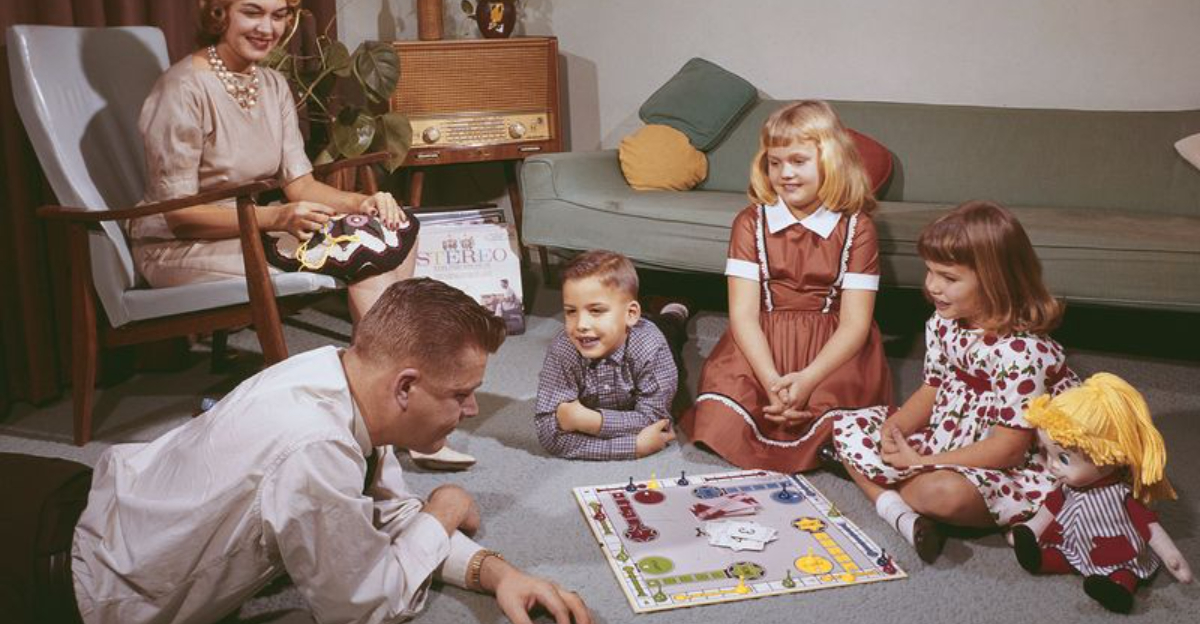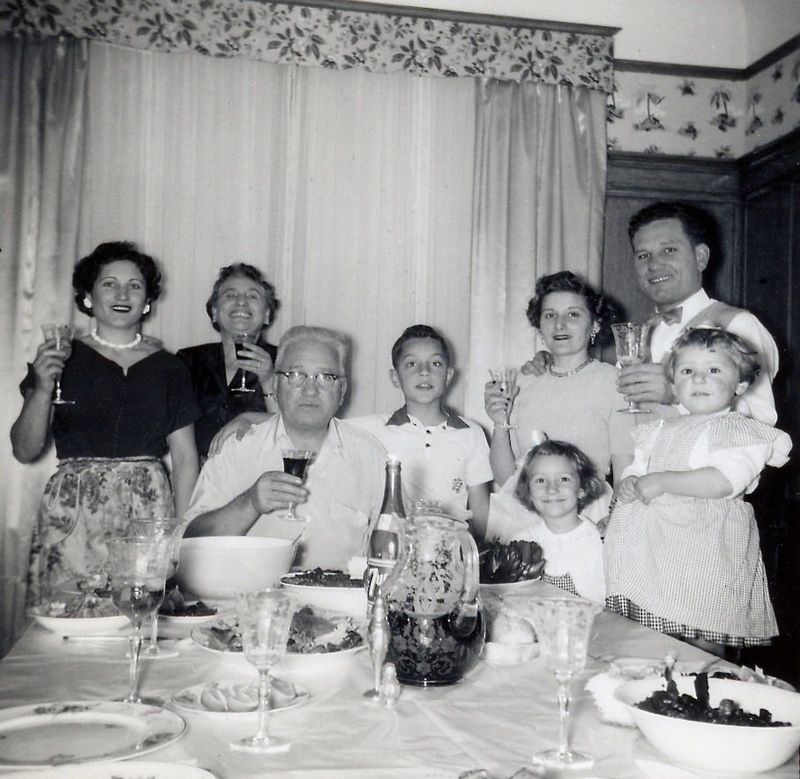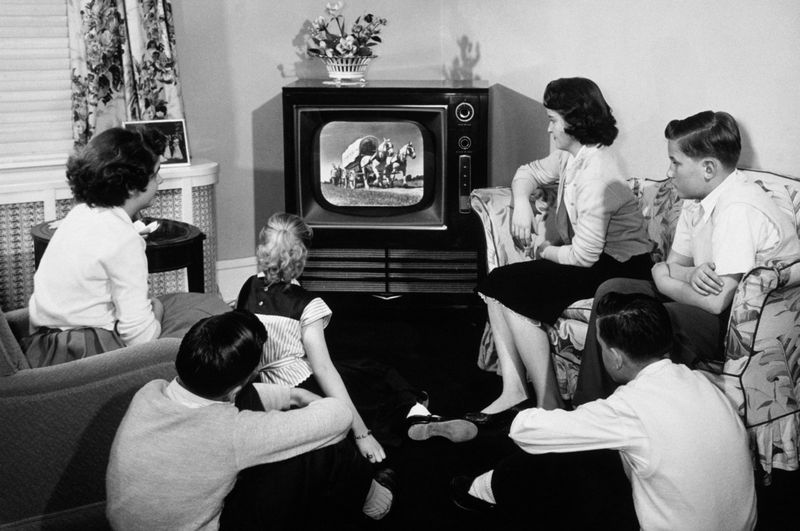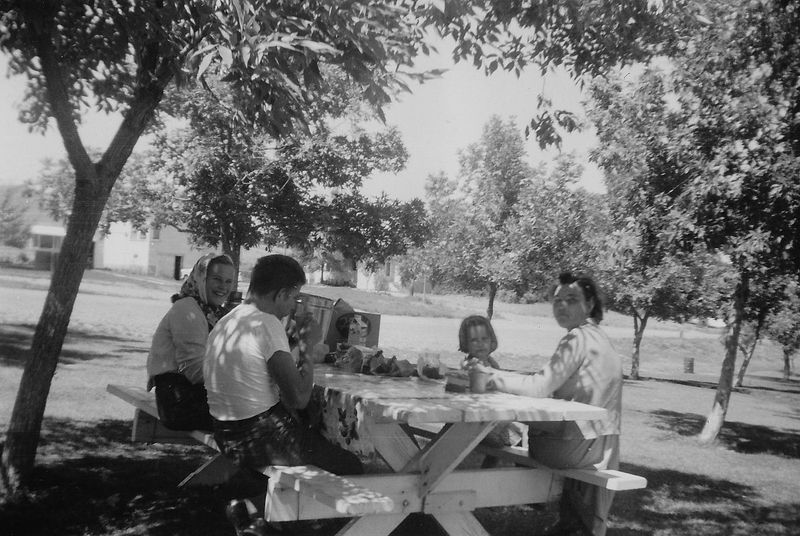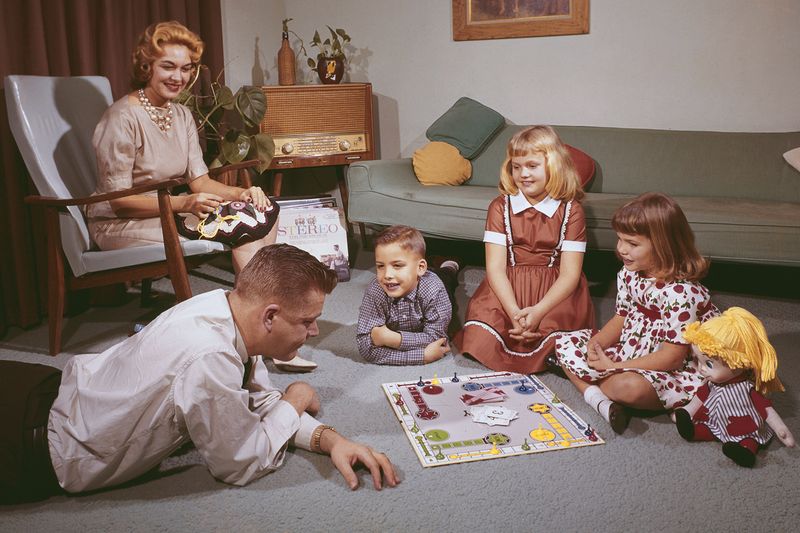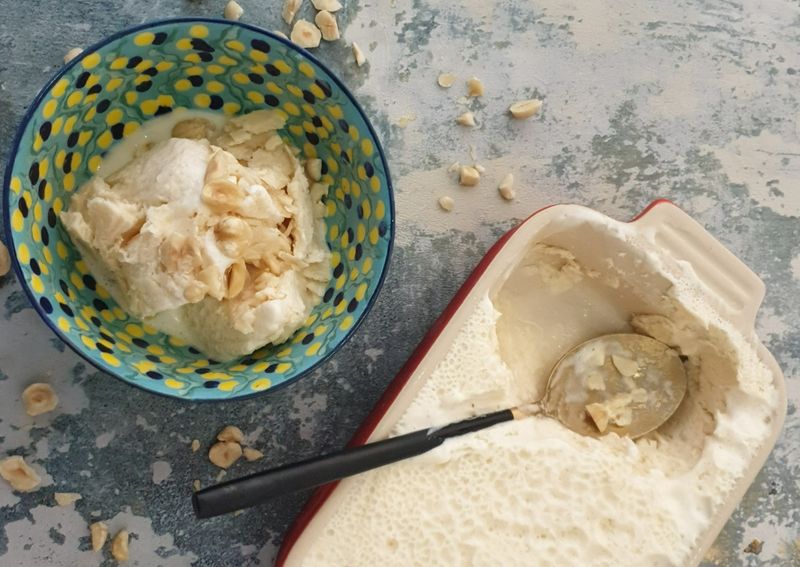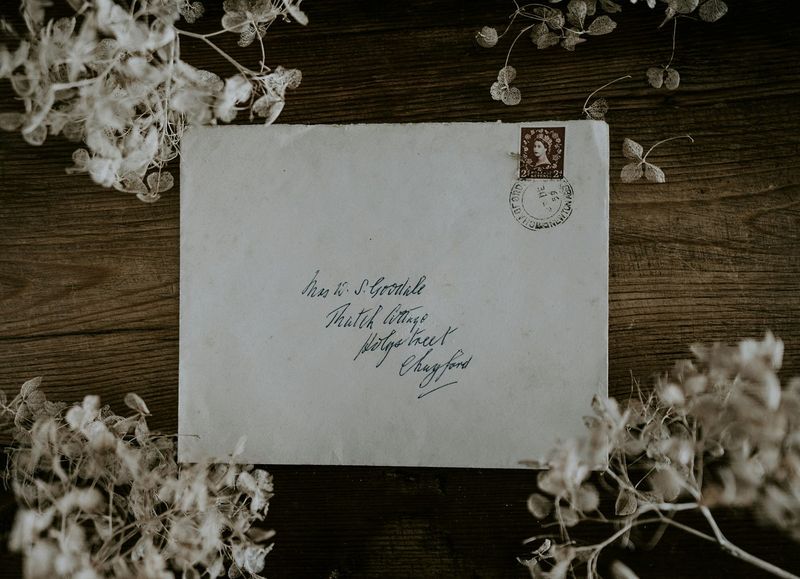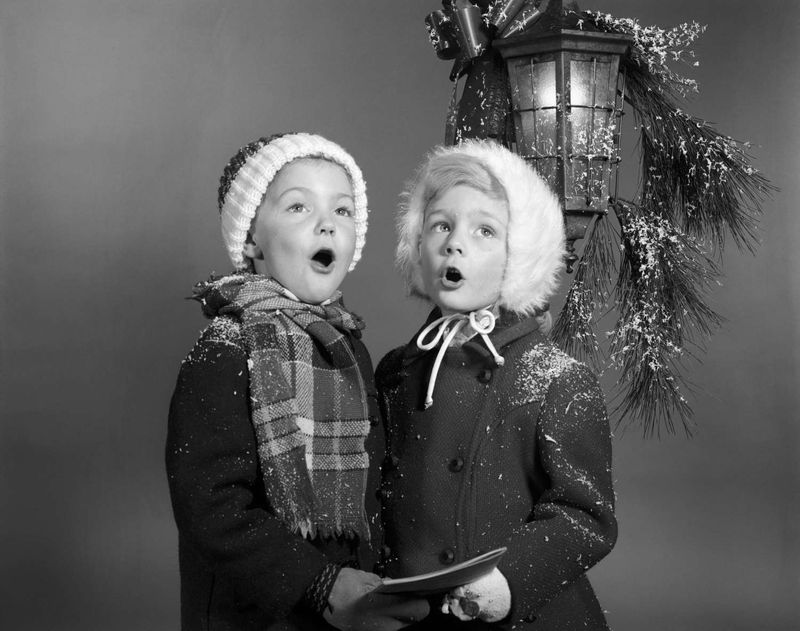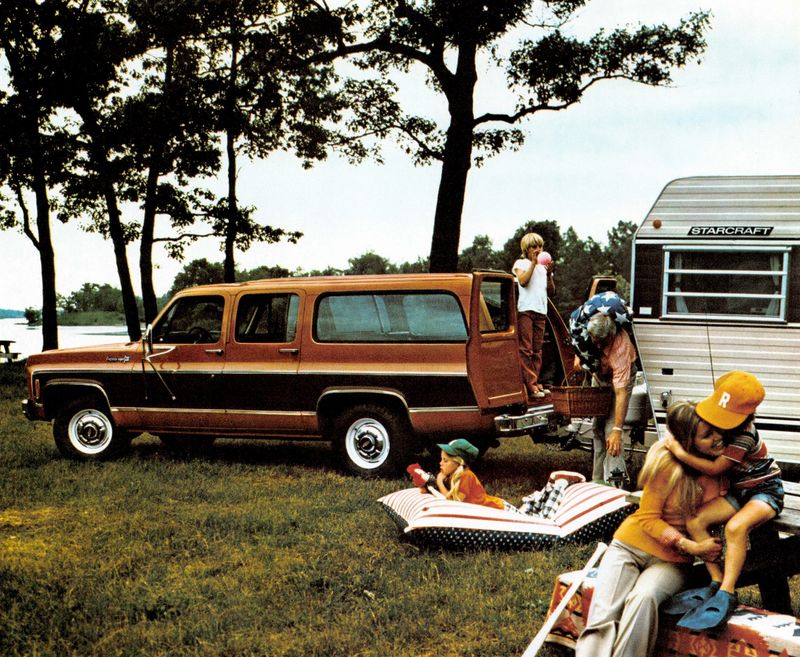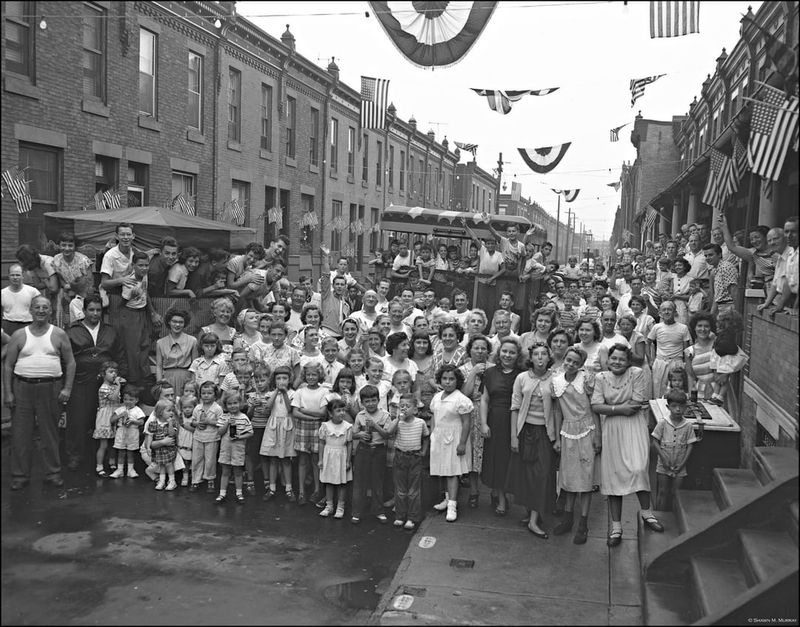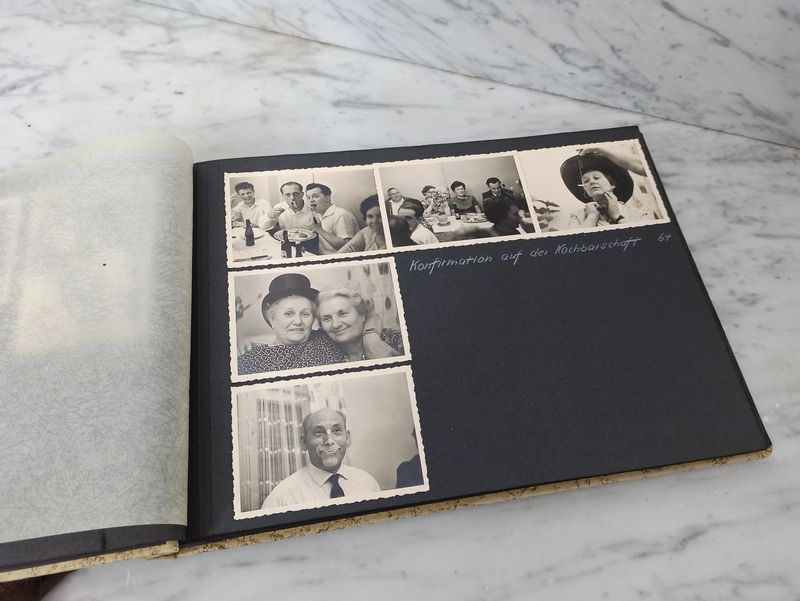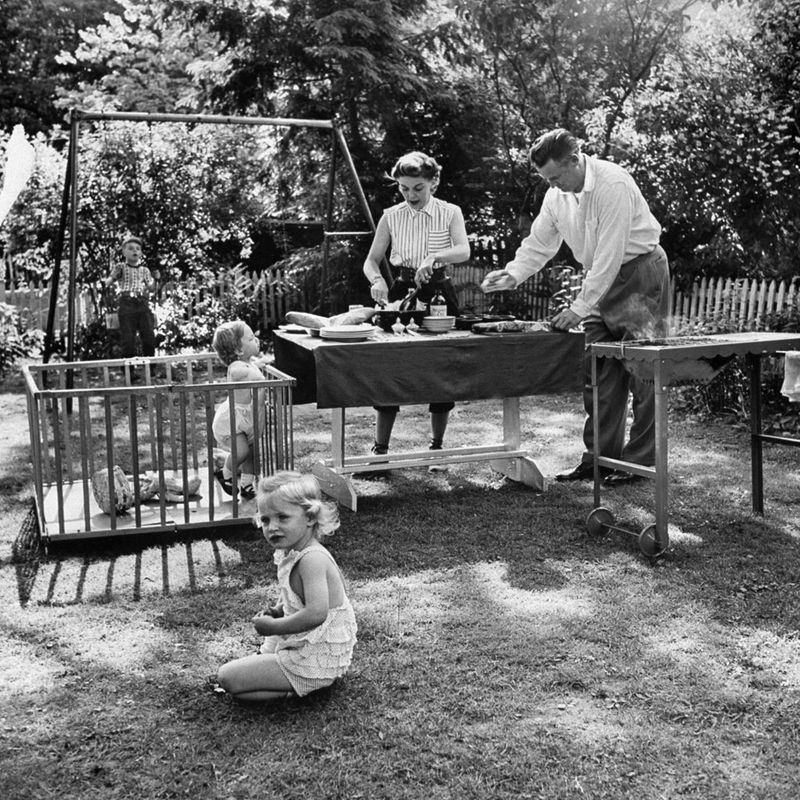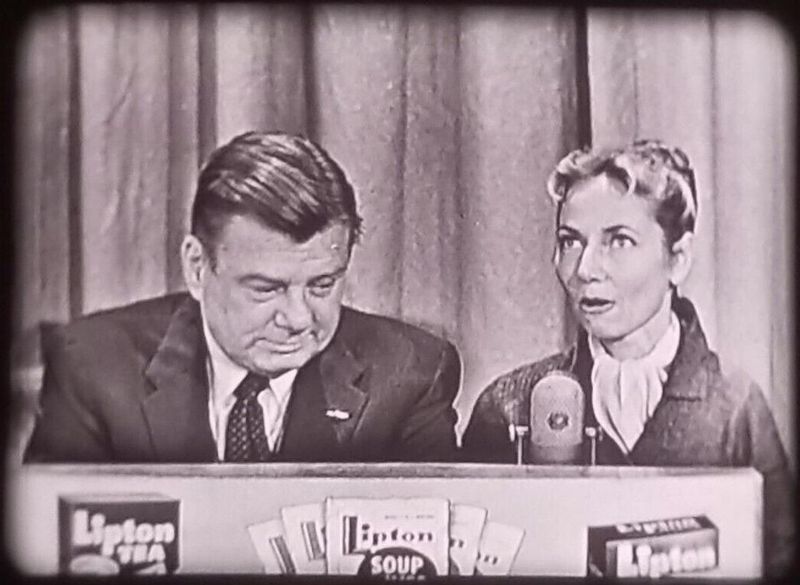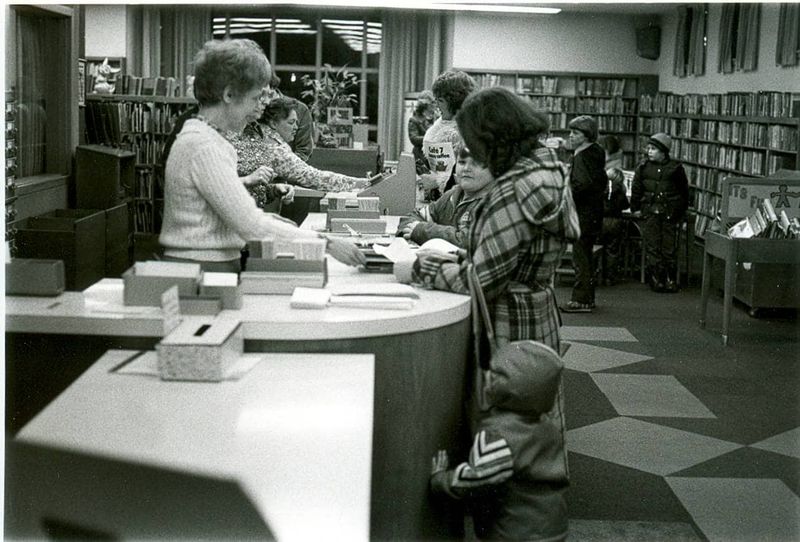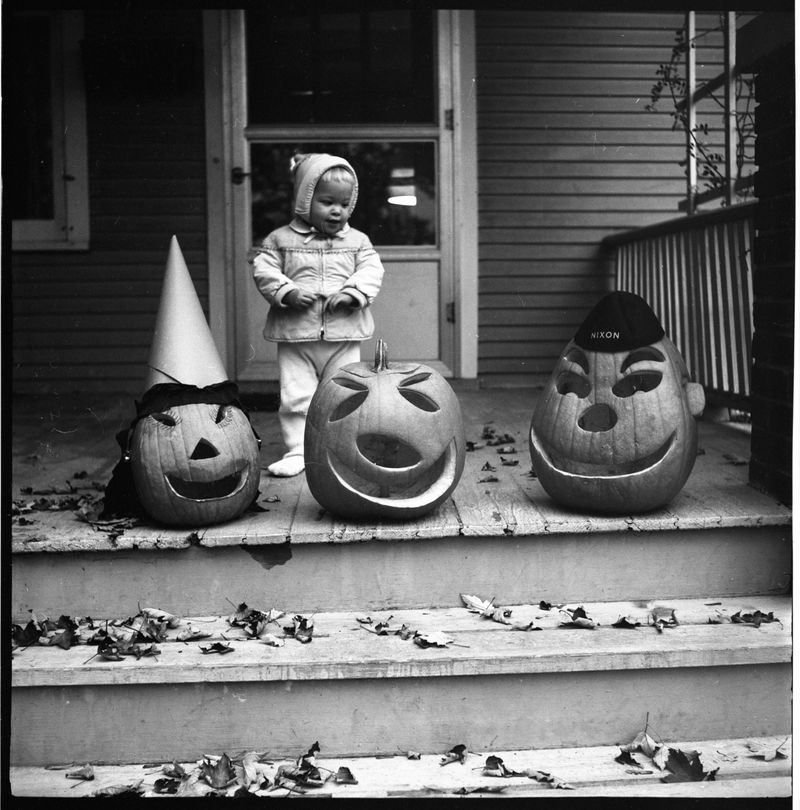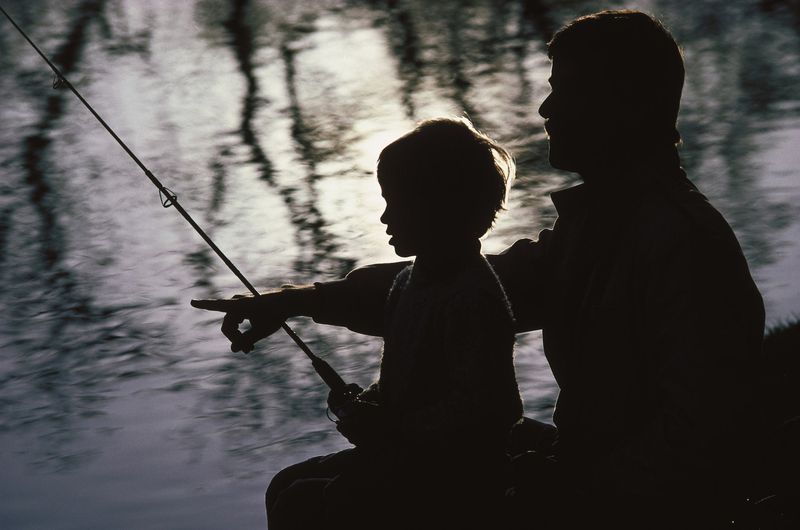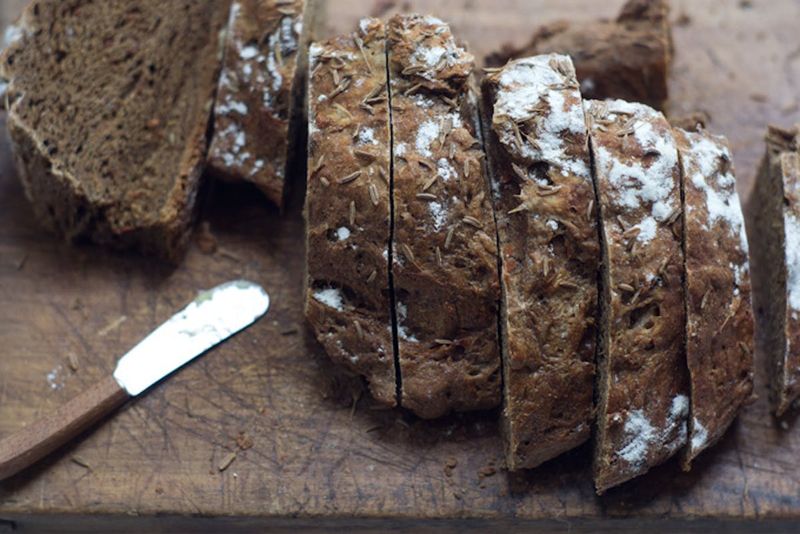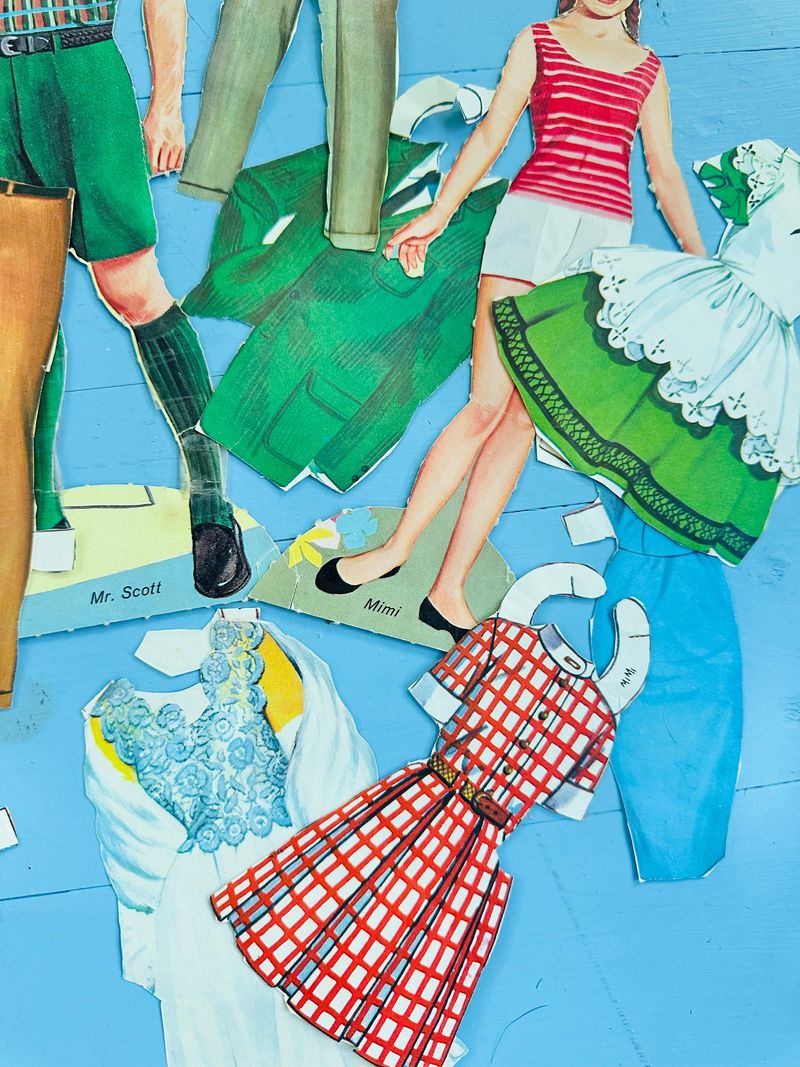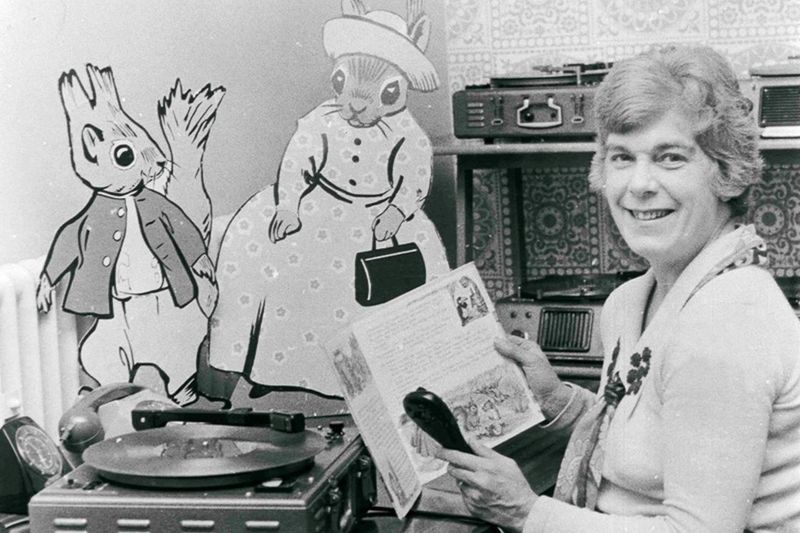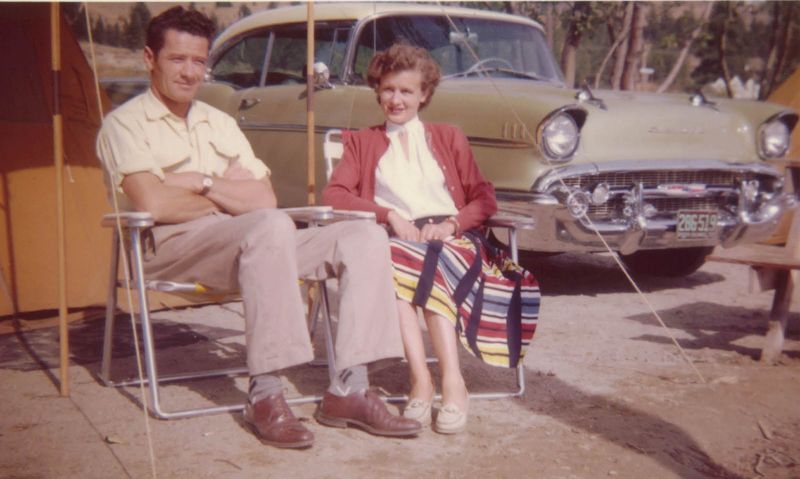In the bustling era of the 1950s and 1960s, family traditions were the heart of social life, bringing generations together in shared experiences.
These traditions were not only a way to bond but also a reflection of a simpler time when the pace of life allowed for moments of connection and joy.
Today, as we navigate a fast-paced world, there’s a longing for these bygone practices that fostered unity and warmth. This blog post takes a nostalgic journey through 20 cherished family traditions from the ’50s and ’60s that continue to evoke fond memories.
1. Sunday Family Dinners
Back in the 1950s and ’60s, Sunday family dinners were a cherished tradition. Families would gather around the dinner table, sharing hearty meals and engaging in lively conversations.
These meals were about more than just food; they were a time for bonding and storytelling. Parents, children, and sometimes even extended family members would come together, creating a sense of unity and belonging.
The tradition of a weekly family dinner provided a consistent opportunity for families to connect, laugh, and support each other, making Sundays a special day filled with warmth and love.
2. Watching TV Together
Television in the 1950s and ’60s was a new and exciting family pastime. Families would gather in the living room to watch popular shows like “I Love Lucy” or “The Ed Sullivan Show.”
This shared experience brought laughter and entertainment into the home. Watching TV together allowed families to bond over common interests and created lasting memories.
It was a time when screens were a tool for togetherness rather than isolation, as families discussed their favorite characters and plot twists, strengthening their relationships and enjoying simple, shared pleasures.
3. Picnics in the Park
Picnics in the park were a popular family outing during the ’50s and ’60s. Families would pack homemade sandwiches, cold lemonade, and perhaps a sweet treat to share under the sun.
Parks were bustling with the laughter of children playing and parents relaxing on their picnic blankets. This tradition was a wonderful way to enjoy the great outdoors and each other’s company.
With no distractions, families could focus on meaningful conversations and simple games, rejuvenating their spirits while soaking up the fresh air and sunshine.
4. Game Nights
Game nights were a staple in family homes during the 1950s and ’60s, providing entertainment and bonding. Families would gather in the living room to play classic board games like Monopoly, Scrabble, or Clue.
These evenings were filled with friendly competition, laughter, and the occasional debate over the rules. Game nights encouraged teamwork and strategic thinking, often lasting for hours as everyone got caught up in the fun.
The simple joy of playing together helped strengthen family ties and create cherished memories that would last a lifetime.
5. Homemade Ice Cream
Making homemade ice cream was a delightful family tradition during the ’50s and ’60s. Families would gather in the backyard or kitchen, taking turns churning the ice cream maker.
This was a hands-on experience that everyone enjoyed, and the anticipation of the final creamy product was exciting for both young and old. Flavors were often simple, such as vanilla or strawberry, but the real treat was the process itself.
This activity taught patience and teamwork, and once the icy dessert was ready, it brought sweet satisfaction and joy to the entire family.
6. Letter Writing
In the era of the 1950s and ’60s, letter writing was a cherished way to keep in touch with loved ones. Families often dedicated time to sit together and write letters to distant relatives and friends.
This practice allowed family members to express their thoughts and feelings, strengthening their bonds despite the miles between them. Writing letters was an art, requiring careful thought and heartfelt words.
Receiving a letter in return was a joyful occasion, with handwritten notes becoming treasured keepsakes that captured the essence of personal connections and shared histories.
7. Drive-In Movies
Drive-in movies were a beloved pastime for families in the 1950s and ’60s. Piling into the family car, they would head to the local drive-in theater for a film under the stars.
This unique experience combined the thrill of going to the movies with the comfort of being in their own vehicle. Families brought along blankets and snacks, creating a cozy atmosphere as they watched the latest films.
For children, it was an adventure, and for parents, a chance to relax and enjoy an affordable night out, making drive-in movies a cherished family tradition.
8. Christmas Caroling
During the holiday season in the ’50s and ’60s, Christmas caroling was a joyous family tradition. Families would gather with neighbors to sing beloved carols, spreading festive cheer throughout their communities.
This activity brought people together, fostering a sense of unity and holiday spirit. Caroling provided an opportunity to share the joy of music and celebrate the season’s magic.
Wrapped in warm coats and scarves, families braved the cold to visit homes, where they were often greeted with smiles and gratitude, making Christmas caroling a heartwarming and memorable tradition.
9. Summer Road Trips
Summer road trips were an exciting adventure for families in the ’50s and ’60s. Piling into the family station wagon, they would set off on journeys to explore new places and create lasting memories.
With no GPS or smartphones, road maps guided the way, adding to the thrill of discovery. These trips were filled with scenic views, roadside attractions, and impromptu picnics.
The long hours on the road provided quality time for storytelling and singing, strengthening family bonds. Summer road trips were about the journey as much as the destination, offering families unforgettable experiences.
10. Neighborhood Block Parties
Neighborhood block parties were a lively tradition in the ’50s and ’60s, bringing communities together. Families would close off streets to host these social gatherings, filled with food, music, and games.
These parties encouraged interaction among neighbors, fostering a strong sense of community and friendship. Children played freely, while adults shared conversations and laughter.
Block parties were a celebration of togetherness, allowing families to relax and enjoy each other’s company. They provided a break from daily routines and offered a chance to build lasting relationships within the neighborhood.
11. Family Scrapbooking
Family scrapbooking was a cherished tradition in the 1950s and ’60s, preserving memories in a creative way. Families would collect photographs, newspaper clippings, and other mementos to create personalized scrapbooks.
This activity allowed family members to reflect on cherished moments and milestones, fostering a sense of nostalgia and appreciation. Scrapbooking was a collaborative effort, with everyone contributing their artistic flair and storytelling skills.
It was a wonderful way to document family history and create keepsakes that could be passed down through generations, preserving cherished memories for years to come.
12. Backyard Barbecues
Backyard barbecues were a popular family tradition during the ’50s and ’60s, bringing families and friends together for food and fun. The aroma of grilled burgers and hot dogs filled the air as families gathered to enjoy a meal outdoors.
These gatherings were casual and relaxed, providing an opportunity to unwind and connect with loved ones. Children played games on the lawn while adults shared stories and laughter.
Backyard barbecues celebrated the joys of summer and created lasting memories filled with good food, great company, and the simple pleasures of life.
13. Family Talent Shows
Family talent shows were a fun and entertaining tradition in the 1950s and ’60s. Families would gather in their living rooms to showcase their unique talents, from singing and dancing to storytelling and magic tricks.
These shows provided a platform for creativity and self-expression, allowing family members to support and celebrate each other’s talents. Laughter and applause filled the room as everyone took turns performing.
Family talent shows were a delightful way to spend an evening, fostering a sense of togetherness and boosting confidence in a joyful, supportive environment.
14. Visit to the Local Library
Visiting the local library was a beloved family tradition during the ’50s and ’60s. Families would make regular trips to borrow books, fostering a love of reading and learning.
Libraries were a place of discovery, where parents and children explored new worlds through literature. This tradition encouraged curiosity and education, providing a quiet space for families to bond over stories and shared interests.
Spending time at the library instilled a lifelong passion for reading, offering families an enriching experience that extended beyond the pages of a book.
15. Pumpkin Carving
Pumpkin carving was a beloved family tradition during the Halloween season in the ’50s and ’60s. Families would gather around the kitchen table, armed with carving tools and creativity, to transform pumpkins into jack-o’-lanterns.
This activity was a thrilling experience for both young and old, as everyone contributed their artistic flair. The messiness of scooping out pumpkin seeds and the satisfaction of seeing the final glowing creation added to the fun.
Pumpkin carving encouraged imagination and teamwork, creating lasting memories and spooking up the Halloween spirit in a playful, festive manner.
16. Fishing Trips
Fishing trips were a relaxing family tradition in the 1950s and ’60s, offering an escape into nature. Families would pack their fishing gear and head to nearby lakes or rivers for a day of bonding and adventure.
These trips provided an opportunity to teach children patience and the joy of catching their first fish. The quiet moments spent waiting for a bite allowed for meaningful conversations and reflection.
Fishing trips were about more than just the catch; they were a chance to connect with nature and each other, creating cherished memories and strengthening family ties.
17. Homemade Bread Baking
Baking homemade bread was a comforting family tradition during the ’50s and ’60s. Families would gather in the kitchen to mix, knead, and bake fresh loaves, filling the home with the delightful aroma of baking bread.
This hands-on activity taught children about cooking and the importance of patience. The satisfaction of enjoying warm, homemade bread fresh from the oven was unmatched.
Baking together fostered a sense of accomplishment and shared purpose, creating a cozy, nurturing environment where families could connect and enjoy the fruits of their labor.
18. DIY Crafting
DIY crafting was a creative family tradition in the 1950s and ’60s, encouraging imagination and resourcefulness. Families would gather to create handmade decorations, gifts, or toys using simple materials like paper, glue, and fabric.
This activity provided a fun and engaging way to spend time together, allowing everyone to express their creativity.
DIY crafting fostered a sense of pride and accomplishment, as families transformed everyday items into unique, personalized treasures. It was a wonderful way to bond, learn new skills, and cultivate a love for making things by hand.
19. Storytelling Evenings
Storytelling evenings were a cherished tradition in the ’50s and ’60s, bringing families together through oral history and imagination.
Gathered around the fireplace or in the living room, family members would share tales of past adventures, folklore, or imaginative stories. This activity fostered a love for storytelling and listening, as well as strengthening family connections through shared narratives.
Storytelling evenings encouraged creativity and communication, allowing each storyteller to captivate their audience with vivid descriptions and expressive voices, making these nights a magical time for families to connect and unwind.
20. Camping Adventures
Camping adventures were a thrilling family tradition in the 1950s and ’60s, offering an escape into the great outdoors. Families would pack tents and essentials, setting off to explore nature’s beauty.
Camping trips provided an opportunity to disconnect from the everyday hustle and embrace a simpler way of living. Activities like hiking, fishing, and storytelling around the campfire brought families closer, creating lasting memories.
The experience taught children valuable skills, such as pitching a tent or cooking over an open flame, while fostering a deep appreciation for nature and family togetherness.
